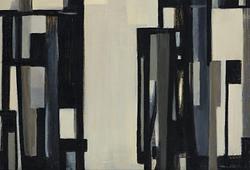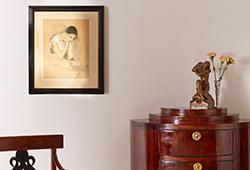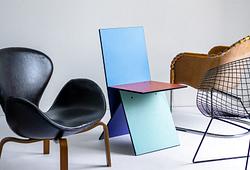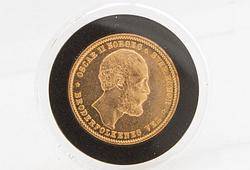Olof Pira
Olof Pira reminisce about his childhood at the farm and talks about seeing craftsmen as saddlers, carpenters and blacksmiths in the yard, becoming mentors for him at an early age - from an interview ahead of his 90th birthday, Blekinge Läns Tidning 2017.
Olof Pira joined Konstfack 1950–54 and his professional career began already during his studies. The now famous “Pirate-chair” was developed after a sketch assignment from the teacher John Kandell. The chair was later noticed by Elias Svedberg at NK and developed into a design product at NK's furniture factories in Nyköping. Meanwhile, Olof Pira was already employed by NK in Nyköping.
NK sent the "Pirate" to the Triennale in Milan in 1954. The chair was awarded with a gold medal. The chair also got attention at the H55 in Helsingborg in 1955. That was also the start of “Pirahyllan”, a furniture much appreciated far beyond Sweden's borders. This was also the period when Olof Pira started working for Nils Strinning, the founder of String-hyllan.
In 1956, Olof Pira opened his own architectural office, where some of the assignments were to decorate the DN skyscraper, the embassy in New Delhi, shops, schools and offices both in Switzerland, Germany and Finland. After a number of years abroad, Olof Pira moved back to Sweden in the 1980s, and was appointed principal at Carl Malmsten's furniture design and craft school.
After his time at the school, a new career began as head of design for architects and engineers at Luleå University of Technology. In 1994, he was appointed professor and was part of the work to enrich the development of the wood industry, which included exploring the new material PrimWood. To illustrate PrimWood's qualities, Olof Pira developed "Solid Form", a brand-new furniture program.

























